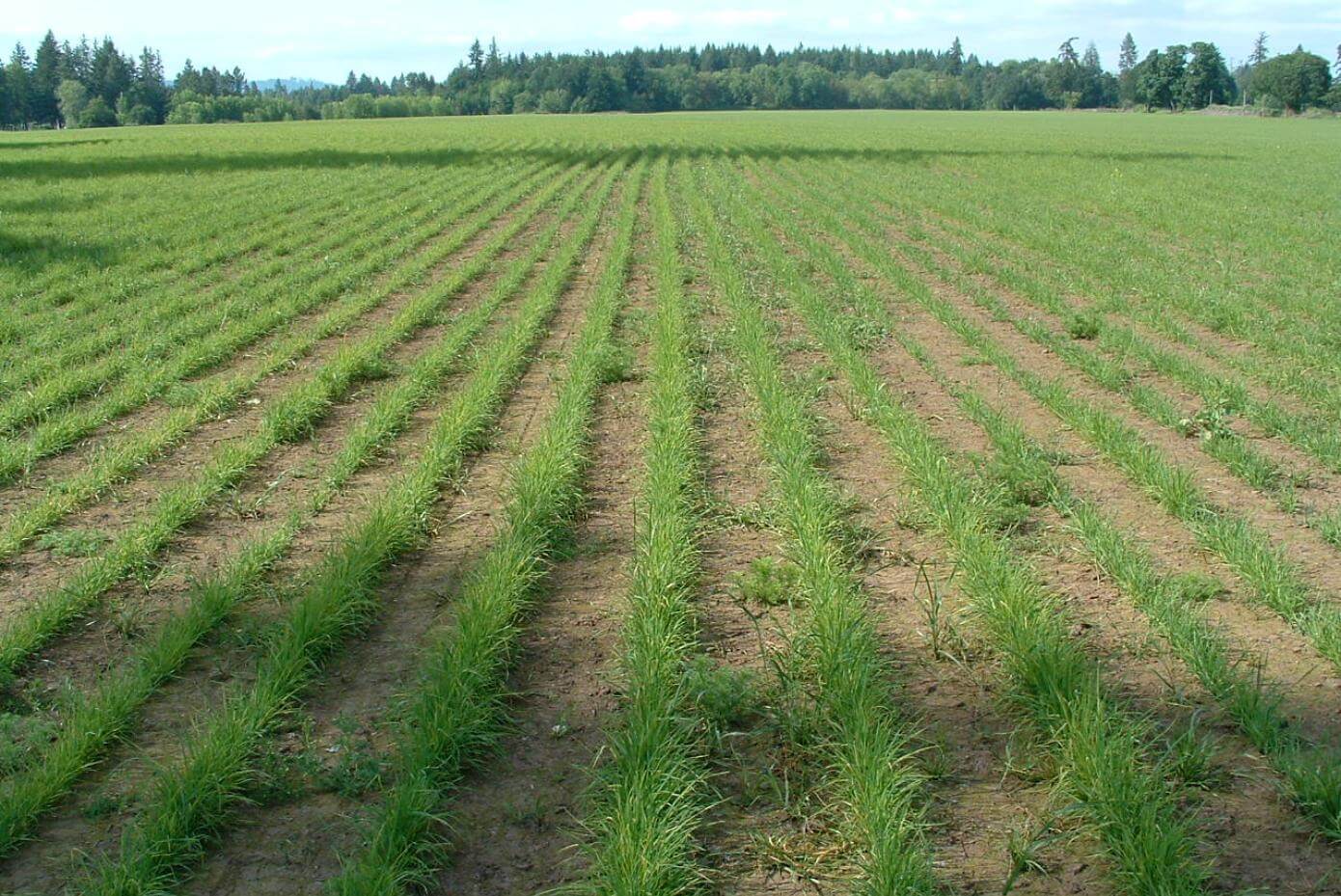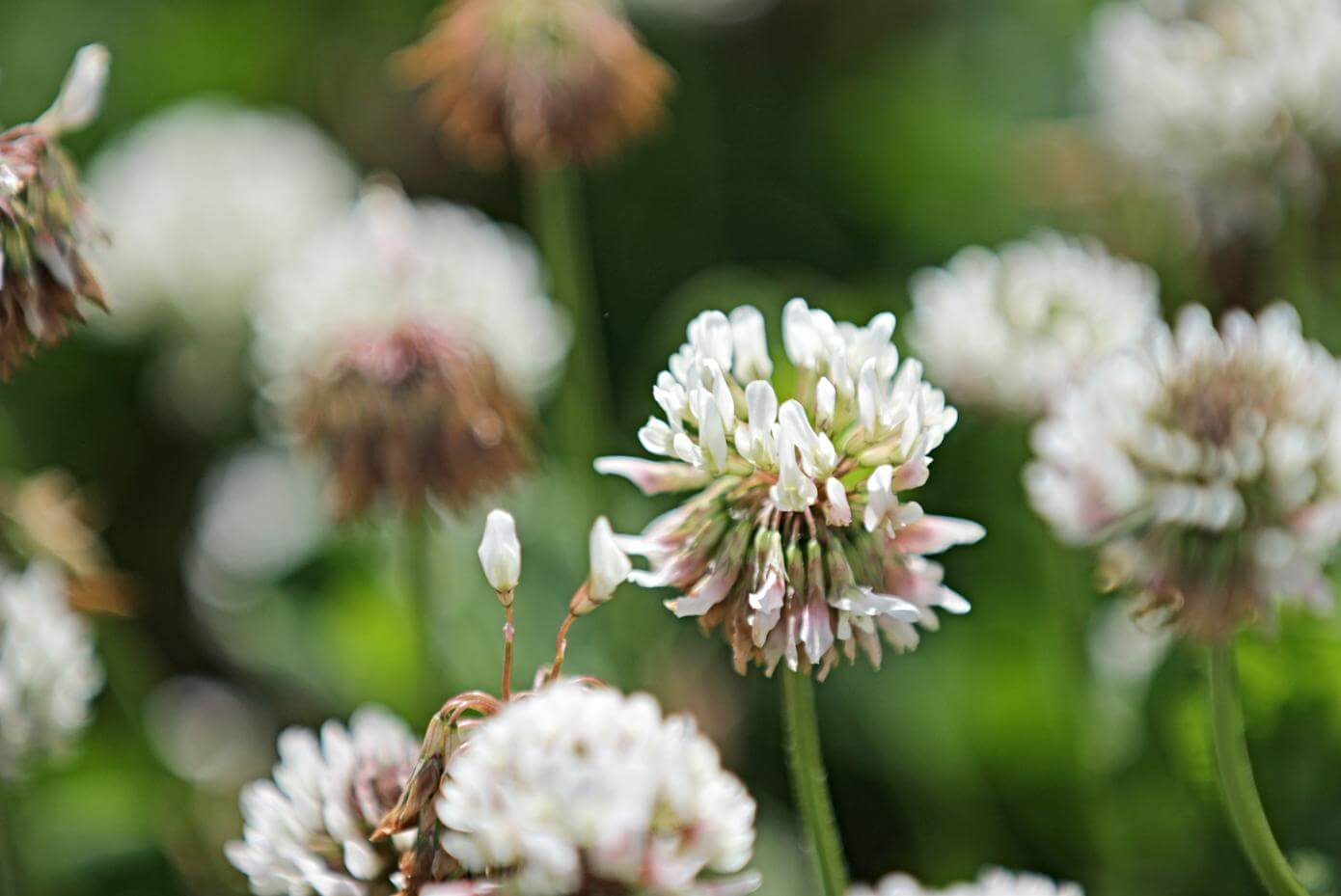Analyzing Fall Usage
The Oregon Grower’s Seed Commission Reports came out recently with its 2nd Quarter (Oct-Dec) data. These reports represent the number of pounds shipped as reported by growers. They don’t exactly represent the number of pounds shipped out of Oregon, but are a fairly close indicator. Below are takeaways on annual ryegrass and orchardgrass:
Annual and Gulf Ryegrass
Annual ryegrass numbers for October through December were the highest reported over the past 5 years, up 8 million pounds over last year. However, the total for July-December movement, 183 million pounds, was still the lowest in at least 10 years. That’s pretty significant, and leads us to ask both why it happened, and what it might hold for the future.
We know many factors affected usage of Oregon ryegrass. US cattle prices were in decline, seed prices were high, and the distribution channel had carryover from weak 2018 consumption. To make matters worse, the South had extreme weather - too hot, no rain, too much rain.
There were other factors too. Price increases through the prior years encouraged more off-shore production in regions vying for their piece of European, Asian, and Southern Hemisphere seed markets. Additionally, other regions of North America increased their production of annual ryegrass. Exports of Oregon ryegrass in 2019 couldn’t compete with these other markets. Oregon market share was lost solely to price. Combine all the above and you have plenty of ingredients for a perfect storm zeroed in on Oregon annual ryegrass production.
Fast forward to February 2020. Prices have plummeted over the winter. There is sufficient annual ryegrass available, both in Oregon and off-shore. What does the near future have in store for us? Well, price should not be a hindrance to consumption in 2020. Also, inventory levels appear to be non-burdensome throughout the distribution channel. The USDA expects cattle average prices to go up 2+% by July. Oregon exports, however, will still have to compete with those other global competitors who are just harvesting their 2019 plantings. This will likely keep our domestic price in check and provide great prices for the domestic market to consume all they are able to use. As always, summer and fall weather will play a significant factor. For the time being, enjoy the low prices and sell lots of ryegrass!
Orchardgrass
Oregon orchardgrass experienced a similar face plant this past fall, with totals down nearly 1.4 million pounds over 2018 fall. This is due in part to excess carryover from the prior year. The 2018 crop was simply more than the industry needed, or at least decided to use. We see time and again that higher prices lead to increased production, but lower consumption. Now that prices have softened, we anticipate increased usage. Carryover inventories will also reduce production acres, and for a while, we will enjoy better orchardgrass pricing, with a likely increase in orchardgrass usage.
White Clover Supplies
If you haven’t purchased your spring and summer Dutch white clover needs, you might be out of luck. This year’s crop seems to have been quickly depleted with no further available crop till late fall, as we usually don’t see new crop ready to ship till late October at the earliest. For those who can use a larger-leafed clover, consider VNS white, Marco Polo intermediate, Renovation, and ladino.

